Dust, Cobblestone, and Hostages: A Rogue Analysis of CS:Source Map Design Counter-Strike: Source.
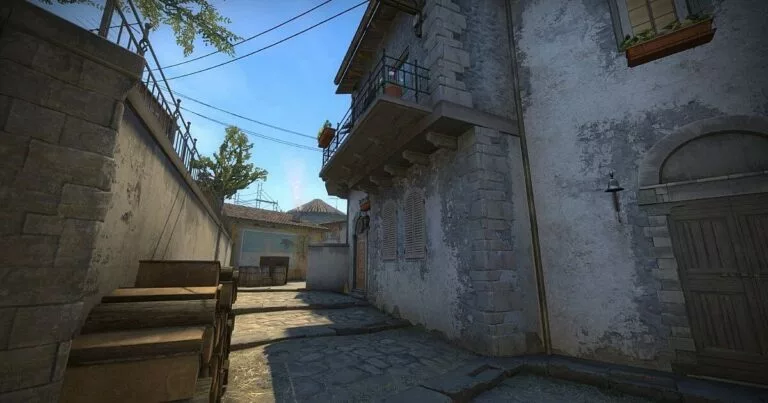
Counter-Strike: Source. Just the name conjures up memories of furious mouse clicks, the satisfying thwack of a perfectly placed headshot, and the almost ritualistic spamming of voice commands. Beyond the twitch reflexes and raw aim, CS:Source's brilliance lay in its maps. These weren’t just arenas for digital gunfights; they were intricately designed battlegrounds that demanded strategic thinking and teamwork. The maps shaped the meta, dictated playstyles, and ultimately, defined the competitive scene. I'm Rogue, former pro for Team Pandemic and current ESEA commentator, and I'm here to tell you about how these maps were more than just textures and polygons; they were works of art… or at least, pretty damn good level design.
We're diving deep into the DNA of three iconic maps: de_dust2, the ubiquitous classic; de_inferno, the tactical maze; and cs_italy, the hostage rescue map that always seemed to end in a chaotic mess. Buckle up, because we're about to dissect the layouts that made CS:Source a legend.
Section 1: de_dust2 - Simplicity is a Virtue
Ah, Dust2. The map everyone knows, the map everyone loves to hate, and the map that has probably caused more broken keyboards than any other. Its enduring appeal lies in its simplicity. It’s practically symmetrical, with clear pathways and easily identifiable chokepoints. But don't let that fool you – Dust2's straightforward design is a masterclass in strategic possibility.
Long A, Mid, and B tunnels are the arteries of this map. Long A is the classic AWP duel lane. The T-side rush down Long A was a staple, often countered by a well-placed smoke grenade and a CT AWP holding the angle from A site or cross.
Mid is the nexus, the control point that dictates the flow of the entire map. Winning Mid control allows for quick rotations to either bomb site and puts immense pressure on the CTs. The "AWP Mid" meta was born here, with snipers vying for early picks to swing the momentum. If you didn't have someone good with the big green gun, well, good luck.
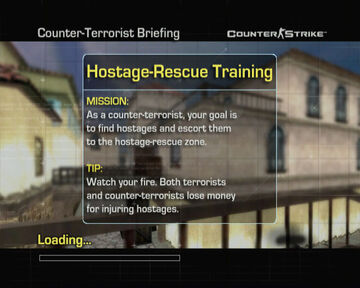
B tunnels, often the forgotten child, provided a more subtle entry point. A well-coordinated push through B tunnels could catch the CTs off guard, especially if they were heavily focused on A and Mid. It was always amusing to see the T side rush the opposite direction of the CT side.
Dust2's openness promotes aggressive plays and quick rotations. The map's relatively short distances between objectives encourage constant action and require teams to be reactive and adaptable. There's a reason why this map is a staple in both casual and competitive play – its balance and strategic depth make it a timeless classic. And, of course, because everyone thinks they're the next GeT_RiGhT on it. (Spoiler alert: they're not).
Section 2: de_inferno - Tactical Tightrope Walking
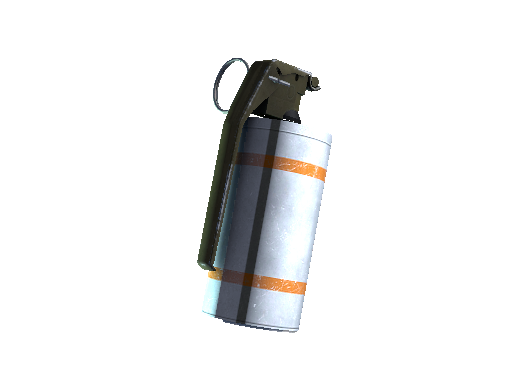
Inferno is a completely different beast. Forget the open spaces of Dust2; Inferno is a claustrophobic maze of tight corridors, narrow alleyways, and multiple levels. Teamwork and coordinated pushes are absolutely essential for success on this map. Lone wolves get slaughtered.
Banana, Apartments, and Mid are the critical control points on Inferno. Banana, the infamous bottleneck leading to B site, is a grenade spammer's paradise. Smoke grenades, flashbangs, and molotovs are constantly flying, making it a chaotic and dangerous area to navigate. Controlling Banana is key to executing a successful B site push.
Apartments, on the other hand, offer a more strategic approach to taking A site. Clever use of smoke grenades and coordinated pushes through Apartments can overwhelm the CT defenses. Holding apartments as CT is critical to delaying the T side take of A.
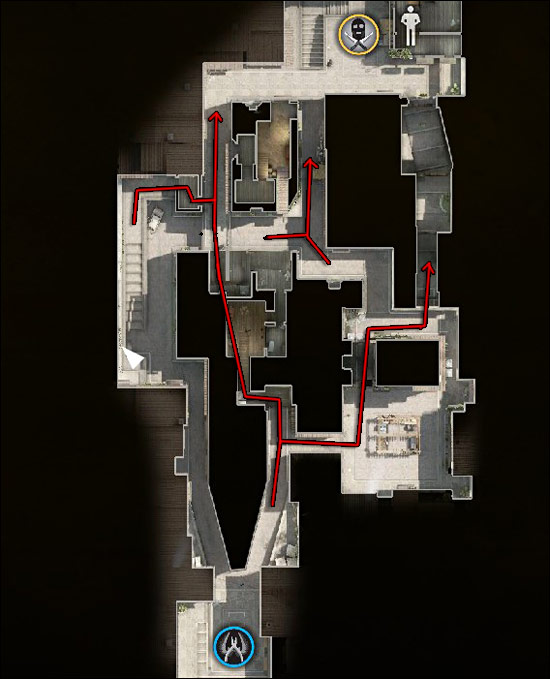
Mid is the connector, linking the two bomb sites and providing opportunities for flanks and rotations. Controlling Mid allows teams to react quickly to enemy movements and apply pressure where needed. It's a constant battle for information and positioning.
Inferno's design emphasizes the use of grenades and smoke screens to control areas and disrupt enemy movements. Mastering grenade trajectories and timing is crucial for success. The map rewards tactical maneuvers and ambushes, making it a thinking man's map. Unlike Dust2, where you can sometimes brute force your way to victory, Inferno demands finesse and coordination. It's a map that separates the good teams from the truly great ones.
Section 3: cs_italy - Hostage Havoc and Close-Quarters Mayhem

cs_italy is a completely different beast altogether. Forget bomb sites; this is all about rescuing hostages. And, let's be honest, it usually devolved into a chaotic free-for-all.
The Terrorists face a significant challenge in escorting the hostages through the narrow streets and alleyways of the Italian town. The map is a maze of corners and chokepoints, making it difficult to move the hostages safely. Close-quarters combat is the name of the game. Shotguns and SMGs reigned supreme, and accurate aim was less important than simply turning a corner and blasting away.
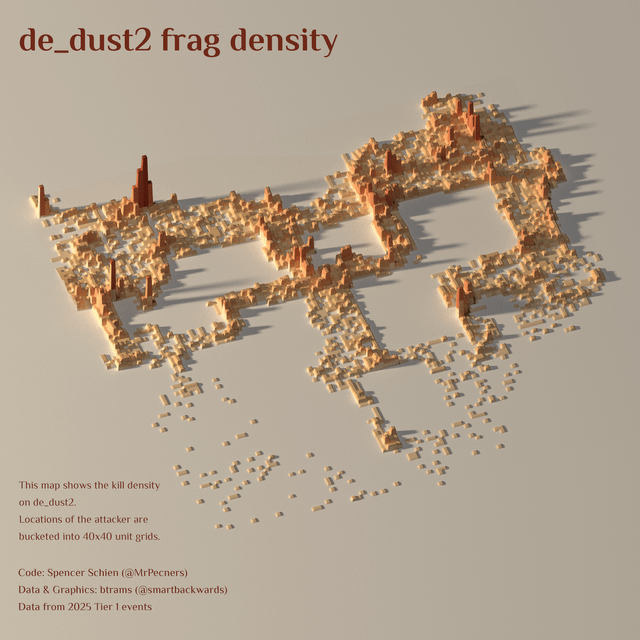
Communication and coordinated defense are crucial for the Counter-Terrorists. They need to anticipate the Terrorists' movements, set up ambushes, and prevent the hostages from being rescued. It's a constant game of cat and mouse.
Italy often felt like a crapshoot. One lucky spray could wipe out an entire team. Tactical depth wasn't exactly the map's strong suit. However, it provided a unique change of pace from the bomb defusal maps and offered opportunities for unconventional strategies. It was also a great place to hone your shotgun skills, which, let's face it, are essential for any aspiring CS:Source pro. And, of course, scream obscenities at your teammates when they inevitably let a hostage get capped.
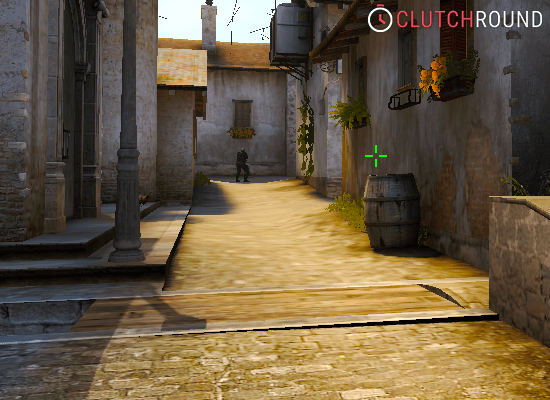
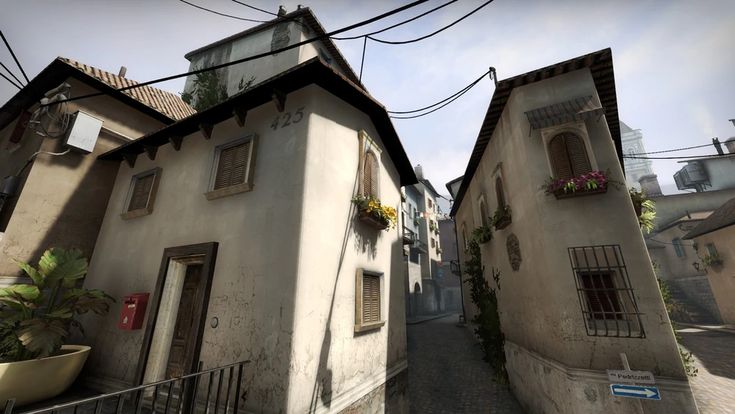
Conclusion
de_dust2, de_inferno, and cs_italy. Three maps, three distinct playstyles, and three reasons why Counter-Strike: Source remains a beloved classic. The brilliance of these maps lies in their ability to create compelling strategic scenarios and reward teamwork, skill, and a healthy dose of luck. They shaped the competitive landscape, fostered innovation, and provided countless hours of entertainment (and frustration). While graphics may fade and metas may shift, the core design principles of these maps remain timeless. Now if you'll excuse me, I have a sudden urge to queue up for a quick round of Dust2. Just don't expect me to carry you.